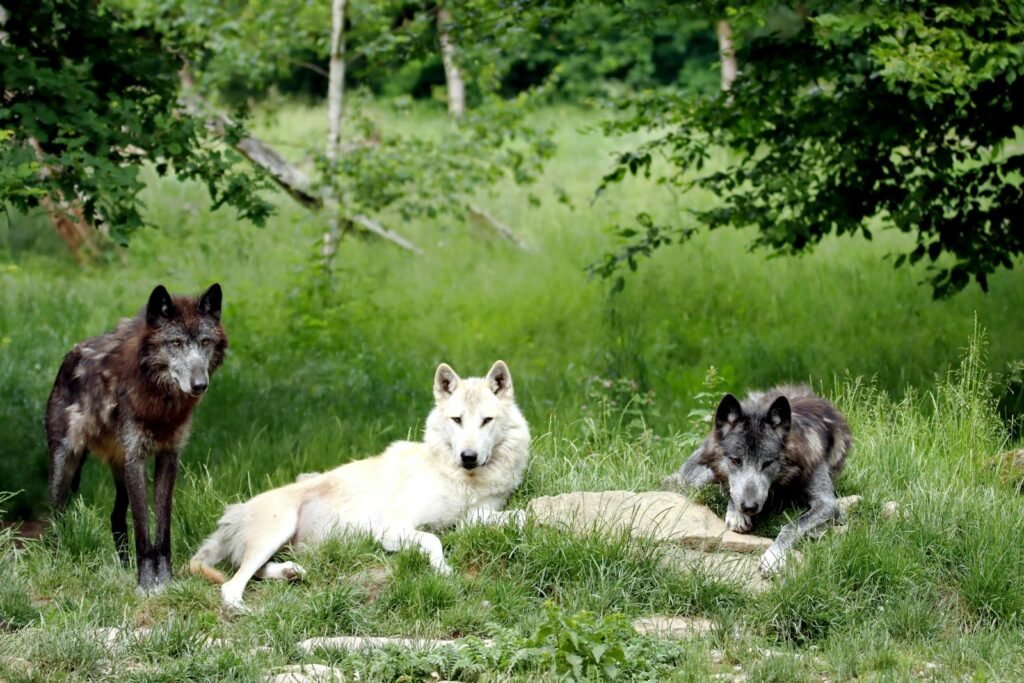The waters of Lake Taupō glisten under the New Zealand sun, hiding secrets both ancient and new along their volcanic shores. But on one rocky cliff face, a powerful story is carved for all to see—a breathtaking work of Māori artistry that draws thousands every year. It’s more than a tourist attraction; it’s a living symbol of culture, pride, and the enduring spirit of Aotearoa’s first people. The Lake Taupō Māori Rock Carvings are not just stone etchings—they are a testament to resilience, identity, and the deep connection between humans and the land. As you explore their origin, meaning, and impact, you’ll discover how art and history can turn an ordinary landscape into something truly extraordinary.
The Birth of a Modern Legend

In the late 1970s, a remarkable vision took shape on the cliffs of Mine Bay, Lake Taupō. These carvings weren’t relics from centuries past, but a modern tribute created by master carver Matahi Whakataka-Brightwell and his team. Inspired by his own Māori heritage and the need to keep cultural traditions alive, Matahi spent four summers chiseling images into the volcanic rock, transforming a blank canvas into a powerful narrative. The creation was both a celebration and a revival, breathing new life into Māori carving arts at a time when such traditions risked being forgotten. Today, these carvings stand as a living bridge between the ancient and the contemporary—proof that even modern hands can honor age-old wisdom.
A Canvas of Volcanic Stone
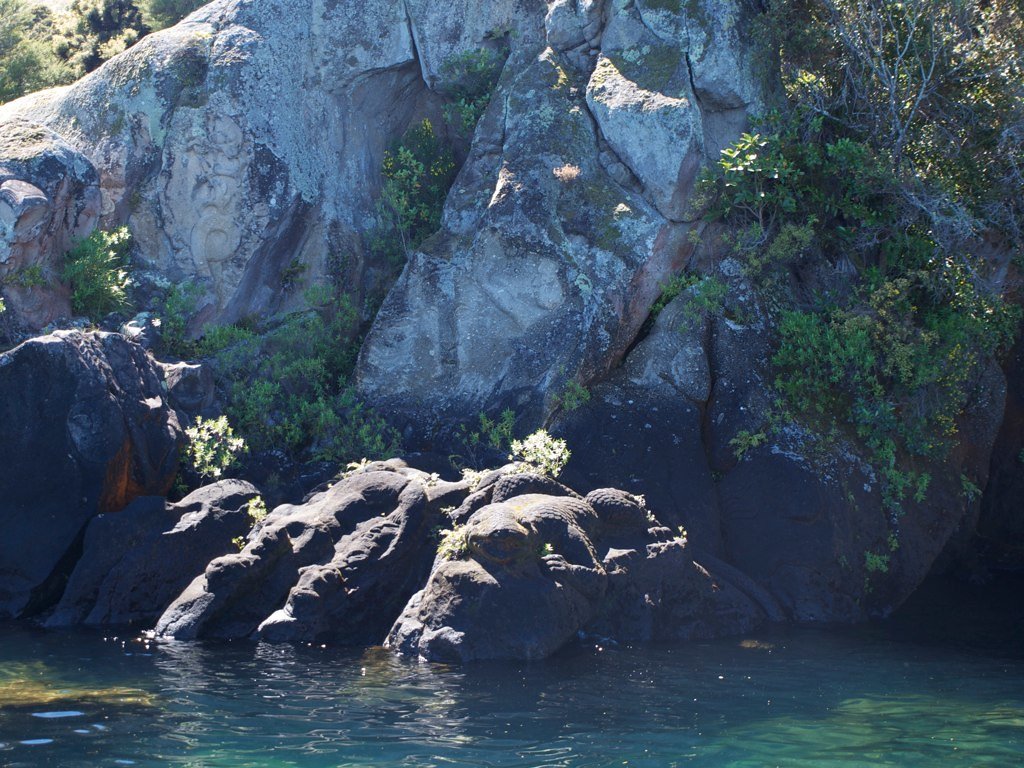
Unlike wooden totems or painted panels, these carvings are etched into the very bones of the earth. The cliffs around Lake Taupō are composed of hard volcanic rock, remnants of the region’s explosive geological past. This stone, though tough and unforgiving, proved the perfect medium for Matahi’s vision. The carvings rise up to 10 meters high, with the central figure—the giant face of Ngātoroirangi, a legendary Māori navigator—commanding attention. Each line and curve is a testament to both human creativity and the raw force of nature. The interplay between art and geology gives the site a spiritual, almost mystical atmosphere that can send shivers down your spine.
Ngātoroirangi: The Face of Legacy
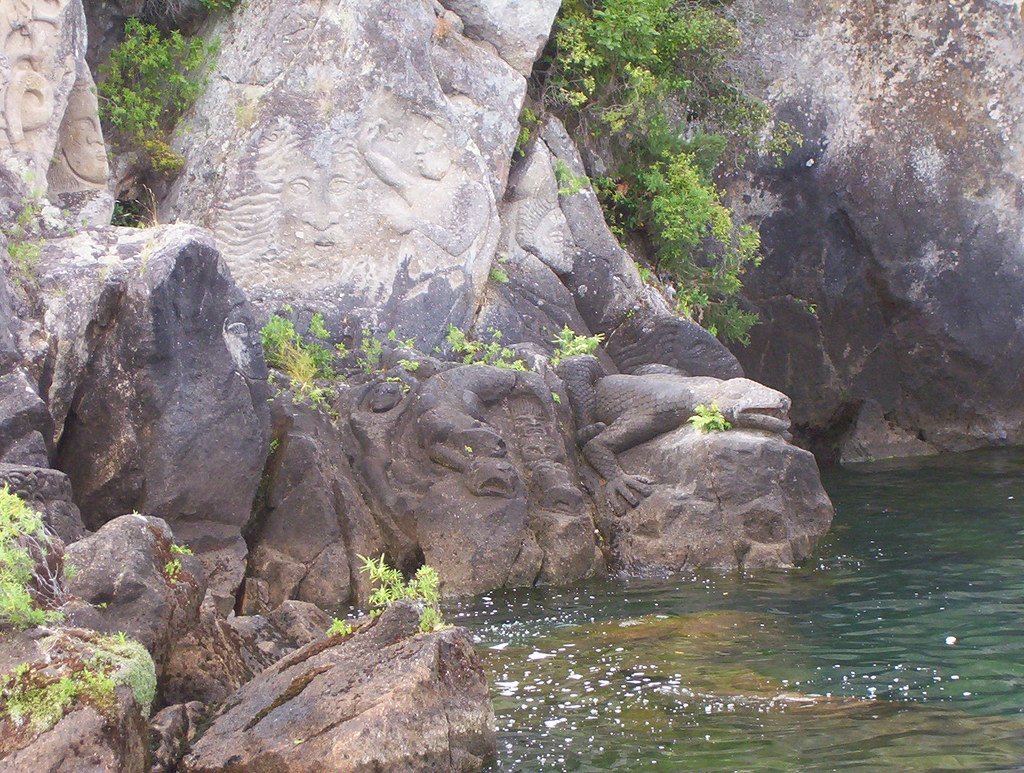
At the heart of the carvings is the powerful visage of Ngātoroirangi, a revered ancestor and priest-navigator of the Te Arawa waka (canoe). According to Māori tradition, Ngātoroirangi guided his people to Aotearoa and played a crucial role in their survival, even calling upon the fire gods to warm the land. By immortalizing his face in stone, the artists paid homage not just to a man, but to the whole story of exploration, endurance, and adaptation. The gaze of Ngātoroirangi seems to watch over the lake and its visitors, a silent reminder of heritage and the strength found in remembering one’s roots.
Symbols and Stories Within the Rock
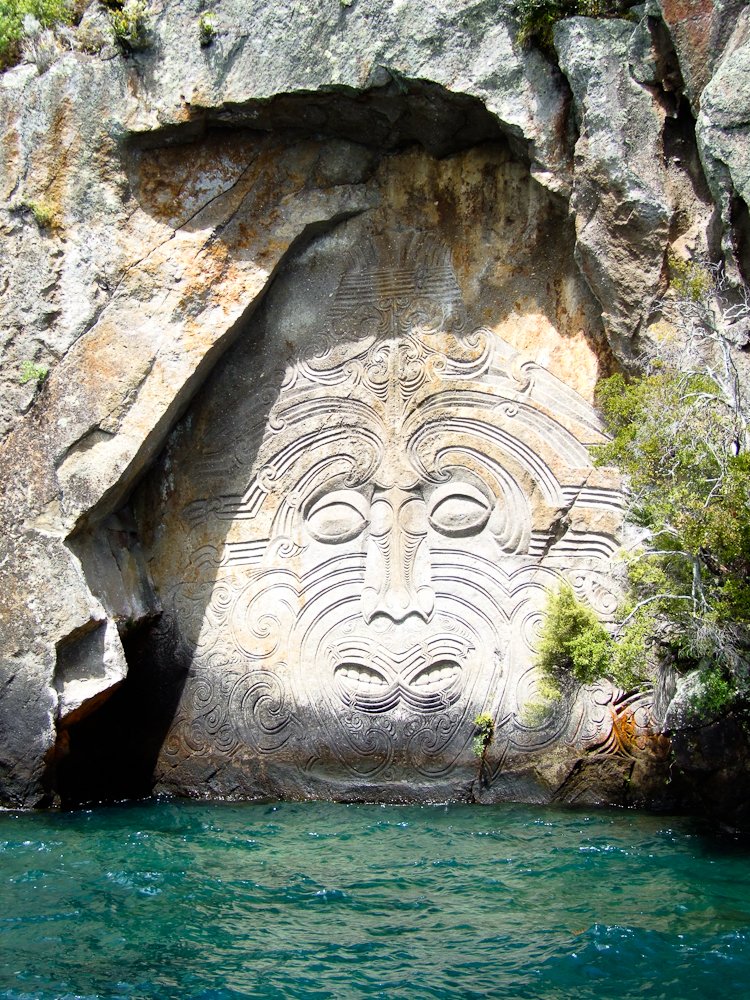
The carvings are far more than a single image—they are a collection of motifs, each loaded with meaning. Alongside Ngātoroirangi, you’ll find smaller figures representing ancestors, guardians, and local wildlife like the kawekaweau (giant lizard) and the koru (fern spiral). These symbols weave together stories of creation, protection, and the interconnectedness of all living things. For the Māori, every shape and pattern carries significance, from the way lines spiral to the placement of each figure. Visitors often find themselves mesmerized, tracing the lines with their eyes and feeling the weight of generations etched into stone.
A Revival of Māori Carving Traditions
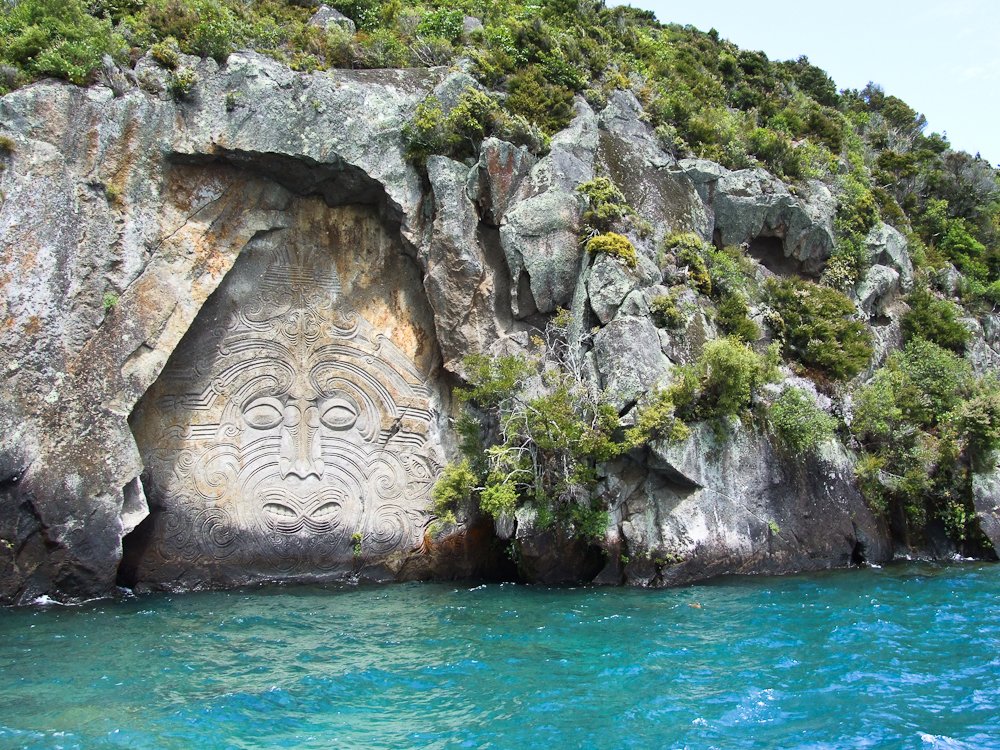
The creation of the Lake Taupō carvings sparked a renewed passion for traditional Māori arts. During the 1970s, many indigenous practices were at risk of fading away as Western influences grew stronger. Matahi Whakataka-Brightwell’s project was both an act of preservation and defiance, showing that Māori carving could not only survive, but adapt and thrive in contemporary times. It inspired a new generation of artists to pick up chisels, study ancient designs, and experiment with new forms. Today, Māori carving is alive and well, celebrated in museums, marae (meeting grounds), and public spaces across New Zealand.
Tourism and the Power of Place
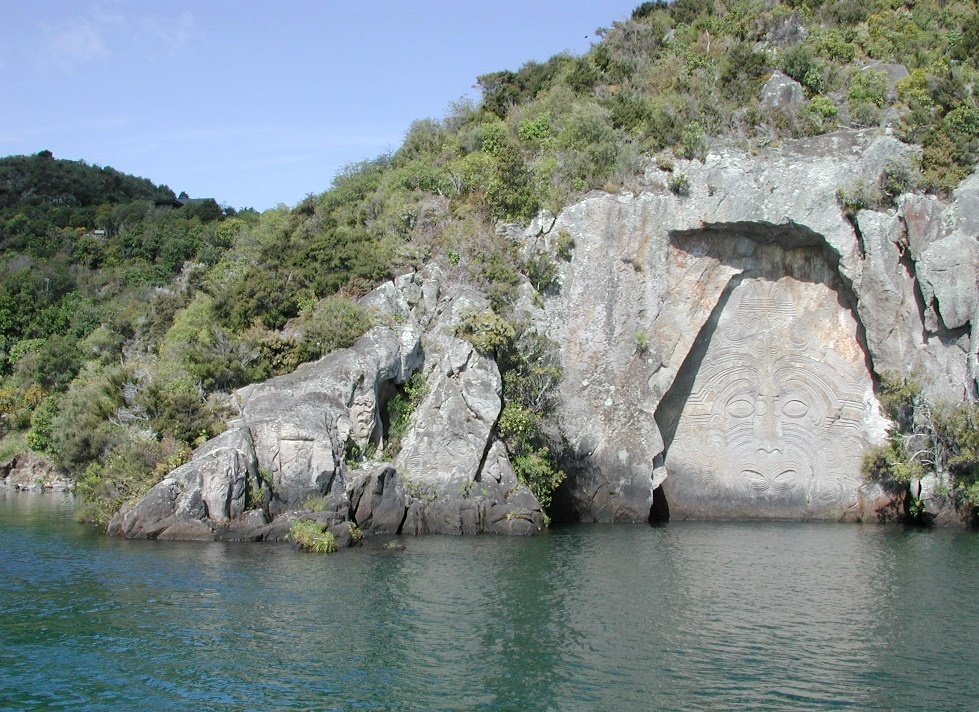
The carvings have become one of Lake Taupō’s most iconic attractions, drawing visitors from all over the world. Tour operators offer boat tours, kayak trips, and even scenic flights to give guests a close look at the towering figures. For many, the journey itself is part of the magic—gliding across the deep blue lake, surrounded by volcanic peaks, and finally approaching the mysterious cliff face. The site has transformed Lake Taupō from a simple holiday destination into a place of cultural pilgrimage, where tourism supports the local economy and fosters a deeper respect for Māori heritage.
The Science Behind the Stone

Geologists are fascinated by the site, not just for its beauty but for the unique properties of the volcanic rock. Lake Taupō sits in a caldera formed by one of the world’s most explosive eruptions nearly 2,000 years ago. The resulting cliffs are made of rhyolite, a dense and durable stone that has preserved the carvings remarkably well against wind, rain, and sun. Scientists monitor the site to study erosion, weathering patterns, and the interaction between art and environment. Their findings help guide conservation efforts and offer new insights into the dynamic history of the region.
Conservation: Protecting Art for Future Generations
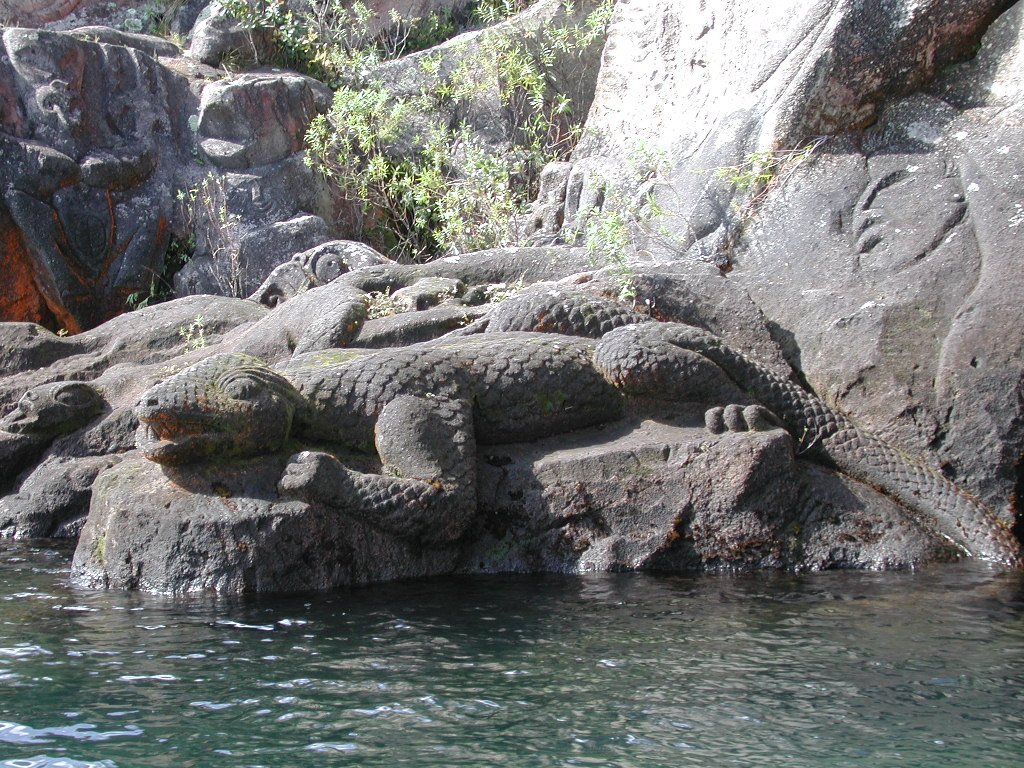
Despite the strength of volcanic stone, the carvings are not immune to the elements. Conservationists regularly assess the site, cleaning away moss and lichens and carefully repairing cracks as they appear. There are ongoing debates about how best to preserve the carvings without altering their character or restricting public access. Some experts propose advanced scanning and 3D modeling to create digital records, ensuring that the art is never lost, even if the original stone one day fades. These efforts reflect a broader commitment to safeguarding cultural treasures in a changing world.
Art, Identity, and Community
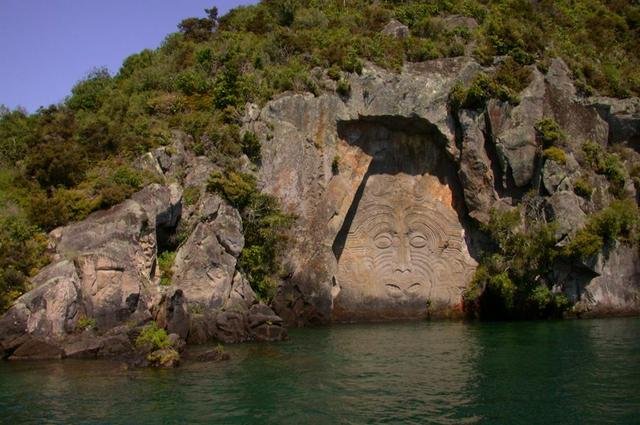
For Māori communities, the carvings are much more than a tourist landmark—they are a source of pride and identity. The images tell stories that are deeply personal, connecting families to their ancestors and to the land itself. Local iwi (tribes) are actively involved in managing the site, guiding visitors, and sharing the cultural context that gives the carvings their power. This sense of ownership is vital; it ensures that the art remains authentic and that its deeper meanings are respected, not just admired from a distance.
Inspiring Awe and Reflection
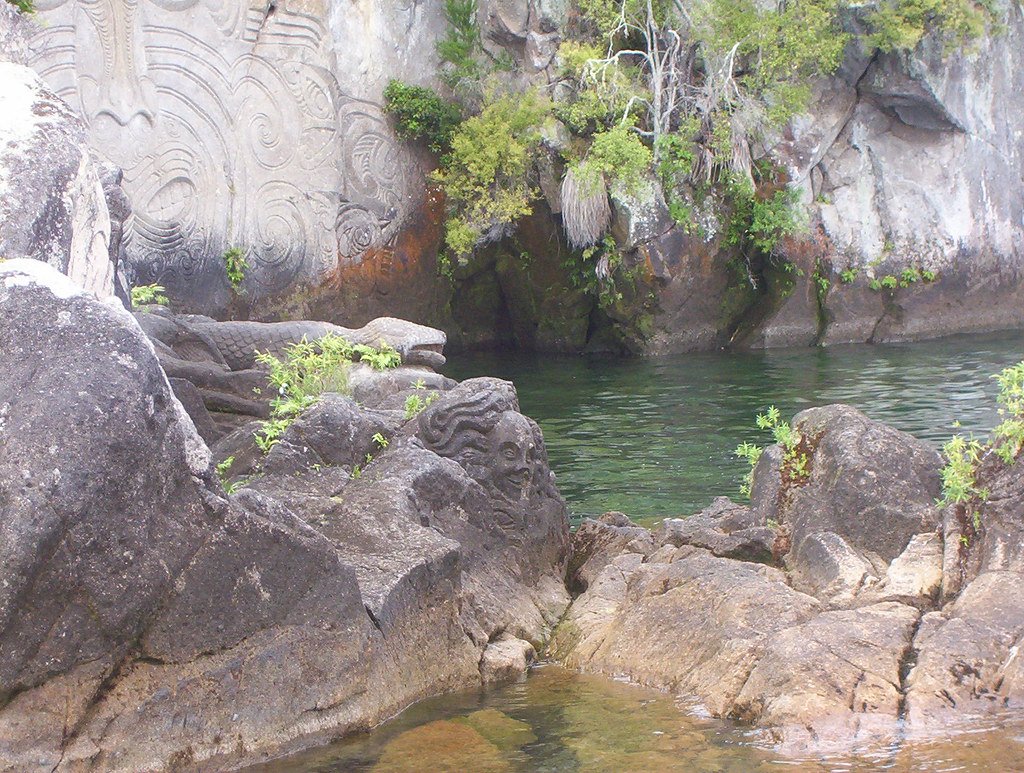
Standing before the carvings, many visitors report feeling a sense of awe—an almost spiritual connection to the landscape and its stories. The sheer scale, the intricate designs, and the shimmering waters all combine to create an atmosphere that is both peaceful and profound. Some leave the site changed, inspired to learn more about Māori culture or to reflect on their own heritage and relationship with the land. The carvings have become a symbol not just of Lake Taupō, but of the power art has to move, unite, and transform us.
The Ever-Evolving Story
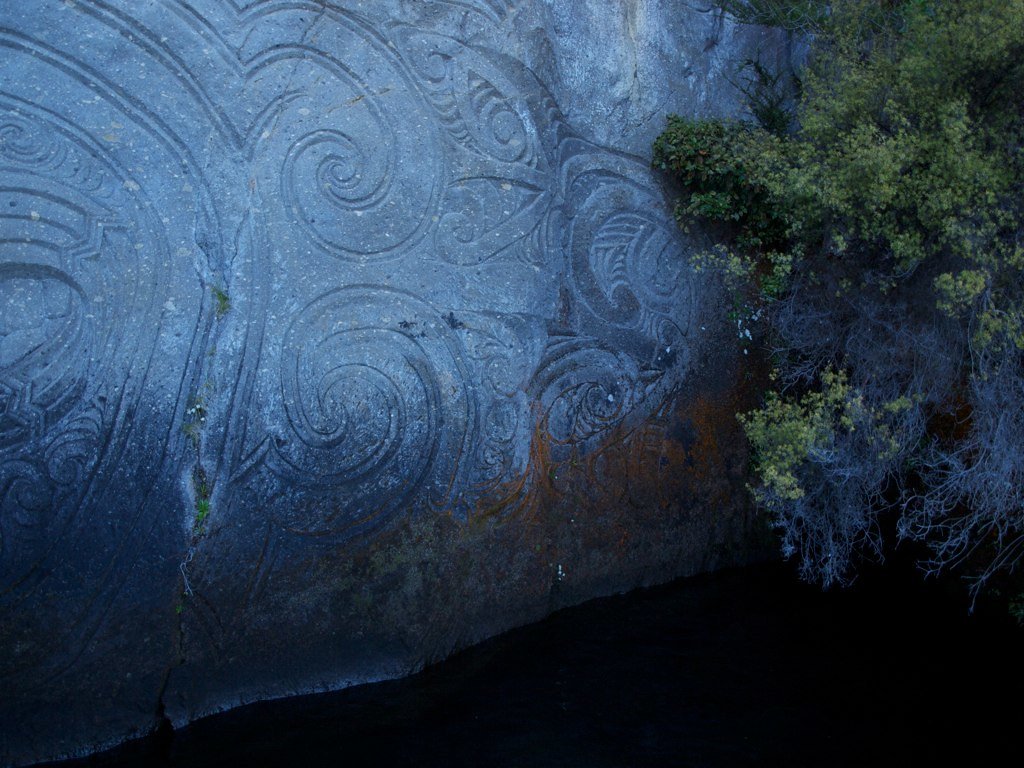
As the years pass, the Lake Taupō Māori Rock Carvings continue to evolve—shaped by weather, watched over by their creators, and cherished by visitors from every corner of the globe. They remind us that identity is not static; it grows and shifts like the tides of the lake itself. New generations bring fresh perspectives, ensuring the carvings remain relevant and vibrant. Whether you see them as art, history, or a living prayer, one thing is certain: their story is far from finished.

